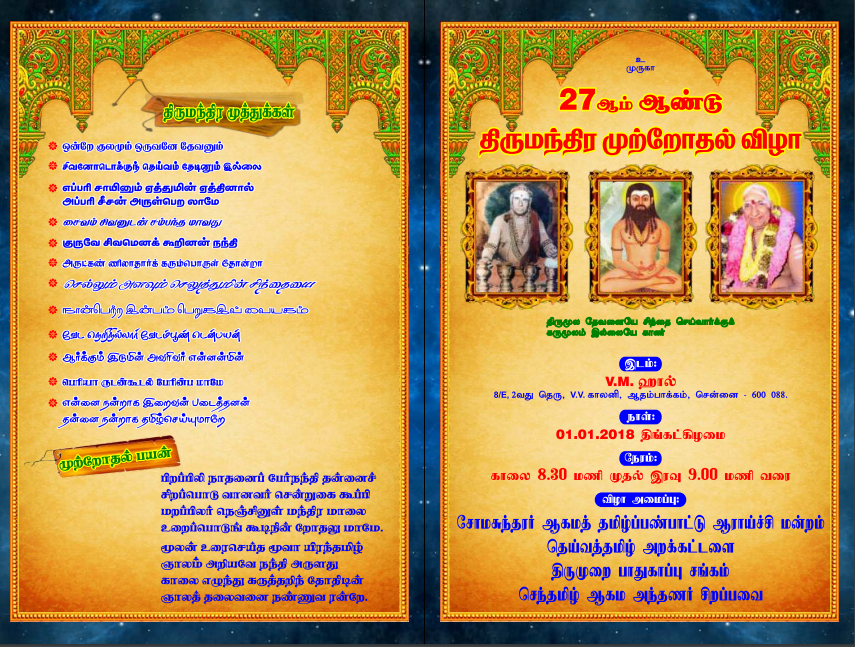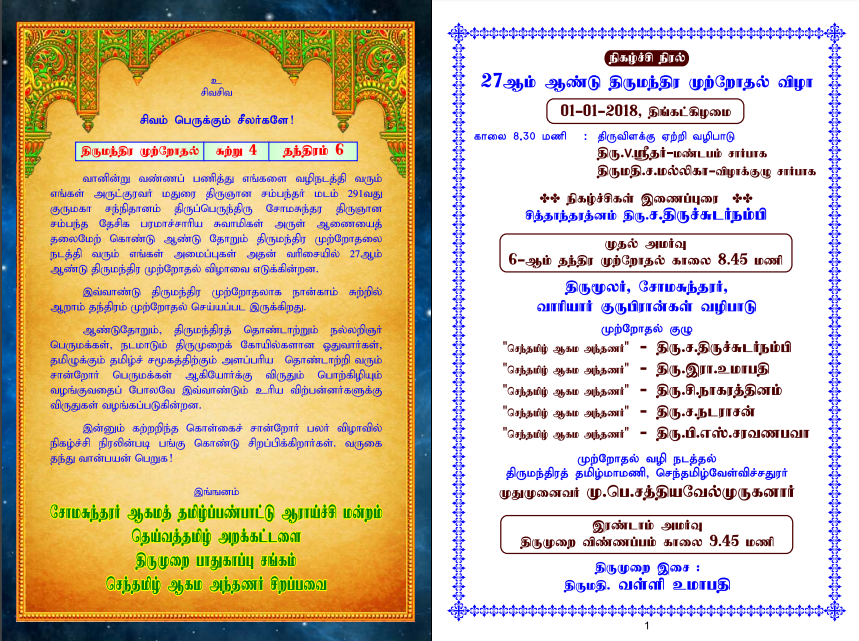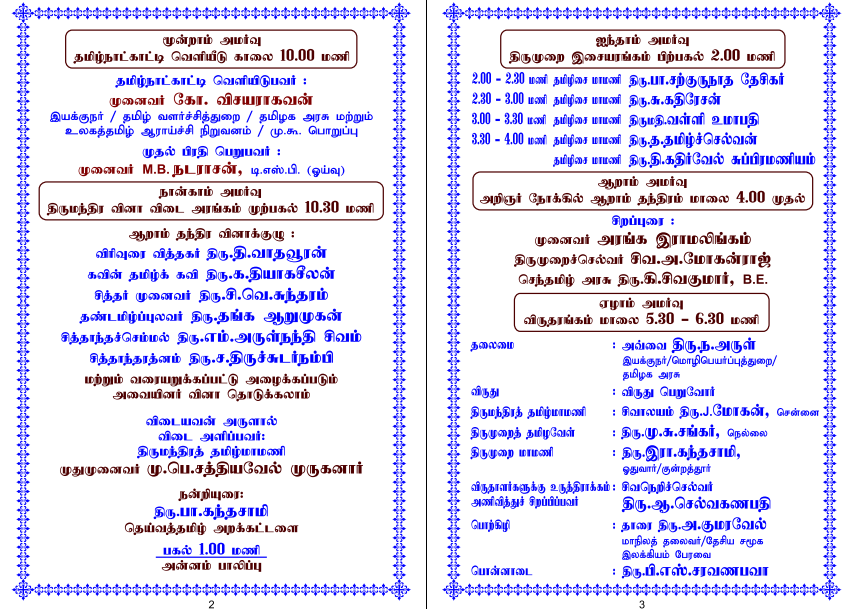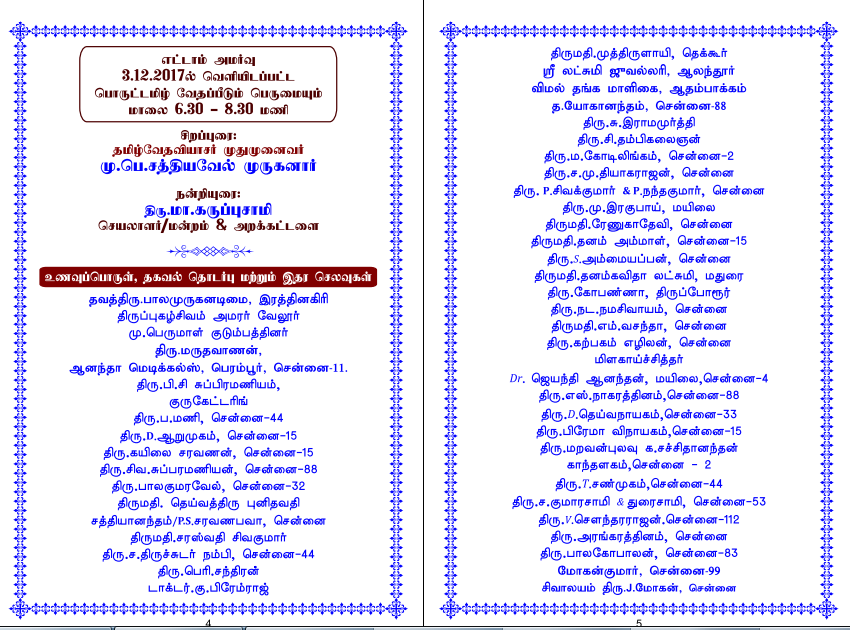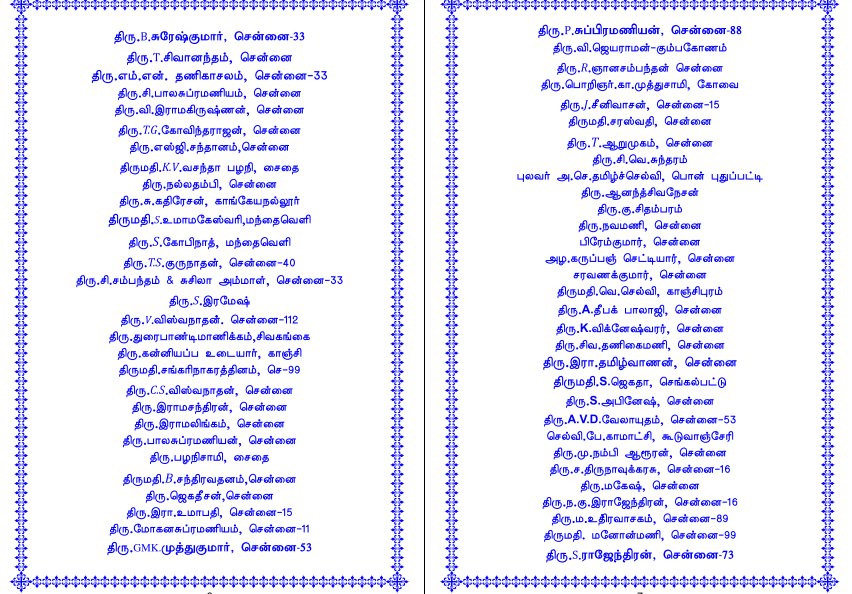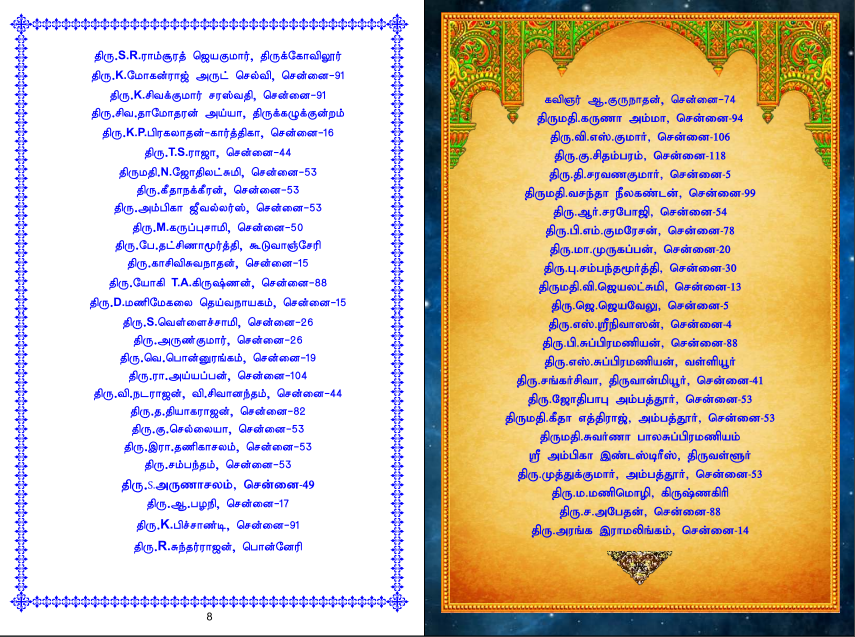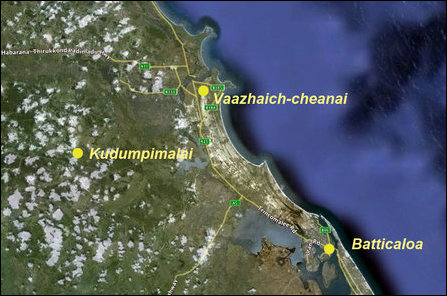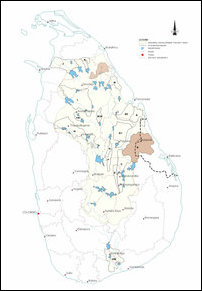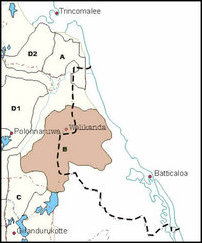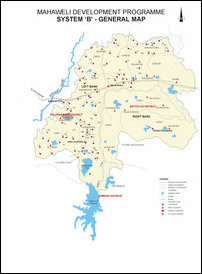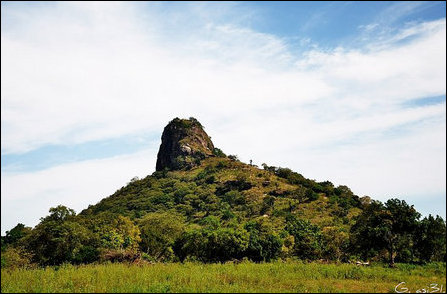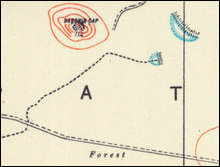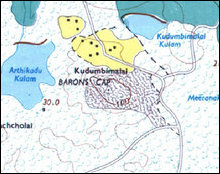Colombo has nothing else than deception, where is last remedy, ask families of enforced disappeared
The entire Colombo state system and the SL President Maithiripala Sirisena, who is also the Commander-in-Chief of the occupying military, have only come up with deceptions instead of doing anything meaningful to trace the whereabouts of those subjected to enforced disappearances at the hands of the SL military and its paramilitaries. At this juncture, what is the last remedy and from where we should seek answers, asks Mrs Amalaraj Amalanayaki, one of around 4,000 families from Batticaloa district searching for their loved ones. In its latest deception, the Colombo establishment has deployed ‘Economic Development Officers’ with ‘English Only’ forms, in which the people are asked to put their signatures leaving the remaining work to the EDO officials, she said referring to a data-collection that has been issued by the so-called Office of the Missing Persons (OMP).
Mrs Amalraj was one of the representatives of enforced disappeared in the district, who met SL President Maithiripala Sirisena three times this year.
In a recent interview to TamilNet, the victim-turned-activist, narrated how the latest deception from the OMP was unfolding in the district.
The occupying Colombo has deployed Economic Development Officers (EDO) to fill out a form prepared by the OMP.
The form is in English language, which the majority of victims do not understand. The EDO officials ask the families of the enforced disappeared to just place their signatures in the empty forms promising that they would be filling out the forms. The forms are intended to deceive the families to opt for death certificates or ‘missing status’ certificates in turn of becoming eligible for assistance through the EDOs, the activist says.
Already, a large number of victims have been deceived into receiving death certificates through various other mechanisms. The people also had no other means than opting for death certificates to be eligible for assistance, transfer of property or to receive insurance payments.
Although it is claimed that those who had received death certificate could also trace whereabouts of their kith and kin if they had opted for such certificates for practical purposes in the past. But, the latest OMP-prepared forms exclude those who had obtained such certificates in the past, Amalanayaki says.
This is an attempt to reduce the number of enforced disappeared to below the count of 500 in the district, she says. In total, there are at least 4,000 enforced disappeared in the district, she says.
Colombo is deploying all its avenues to reduce the figures in the statistics of enforced disappeared, Amalanayaki further says.
“From the SL President to all Tamil political parties, politicians act alike. They have been attempting to exploit we who are organized,” she says.
The politicians were trying to exploit the organized women to take part in the local elections and were offering seats for them.
The families of enforced disappeared are only demanding answers on the whereabouts of their loved ones and will not succumb to the electoral politics or the tactics of votes-seeking politicians, she said asked what role did the Tamil politicians play in strengthening their struggle.
Amalanayaki’s husband was abducted by the so-called Special Task Force (STF).
When she made her initial complaint on the abduction of her husband to the SL Police, it was in Sinhala which was not understood by her. She was asked to sign the complaint which was registered in Sinhala.
Later, when she got the complaint translated into Tamil later for legal use, it turned out for her that the name of the accused, the STF, was entirely omitted in the complaint registered in Sinhala and that the complaint was not useful as she had expected.
Amalanayaki also remembers that the SL police asking how did she dare to accuse the STF for the disappearance of her husband.
This is the attitude prevailing, from the occupying Sinhala Police to SL President in the island.
Mr Maithiripala has also gone openly declaring that he would not allow any investigation against his armed forces, the activist said.
The STF, formed during the times of late SL President J.R. Jayawardene and trained by the British, is a full-fledged military outfit organised under the SL Police Department targeting the occupied country of Eezham Tamils. It functions as an extended arm of the SL military receiving instructions from the SL Defence Ministry in Colombo.
The STF was directly engaged in brutal acts of genocide in the East as well as in Vanni during the war.
The British government should be one of the first countries for victims like Amalanayaki to direct their questions on answerability, complicity and last remedy, commented Tamil human rights activists in Batticaloa.
Chronology:

